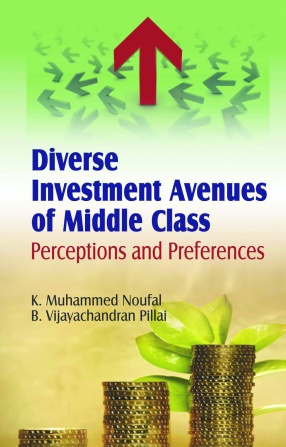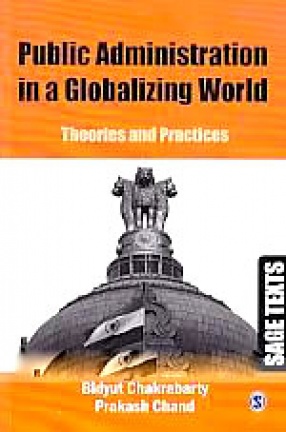Diverse Investment Avenues of Middle Class
Economic development of any country is possible only through the proper capital formation. Channelization of savings and investments is inevitable to achieve this. The Government of India, through banks, post offices and other agencies, has introduced several investment avenues, especially meant for middle and lower class people. From the perspective of middle class, there are two options available for investment. They are capital market investments and non-capital market investments. The capital market investment includes shares, debentures, mutual funds, UTI units, Exchange Traded Funds, Derivatives, etc. Bank deposits, Treasury deposit schemes, chit funds of public and private sector institutions, life insurance policies and post office savings schemes are the major investment available for middle class investors. In addition to these, middle class people, predominantly invest money in physical assets gold and real estate.
The investors’ ultimate aim is maximum return with minimum risk. Though different investment avenues are available, the problem is to take an apt decision on the selection of a most remunerative one. Investors lack adequate knowledge of the features of various avenues. Features of each alternative differ. While some are simple, others are complex. Some guarantee fixed return while others yield varying returns. Some involve high risk while others are safe. Hence, the selection of a particular investment option is conditioned on several aspects. Individual investors, especially the middle class, experience a number of difficulties in investing their hard earned money. The wide-spread geographical distribution, unorganized nature and lack of awareness about different investment alternatives, even among educated class, have led to the widespread exploitation of investing community in both the capital and non-capital market segments. In this complex situation, an investigation on perception and preferences of middle class investors has been attempted by the authors. The book deals with this particular issue.
The book comprises seven chapters, including an introduction and summing up. It is hoped that the book will be useful to prospective investors, policy-makers, academicians and researchers in the area of commerce and management studies.
Get it now and save 10%
BECOME A MEMBER








Bibliographic information
B.V. Pillai